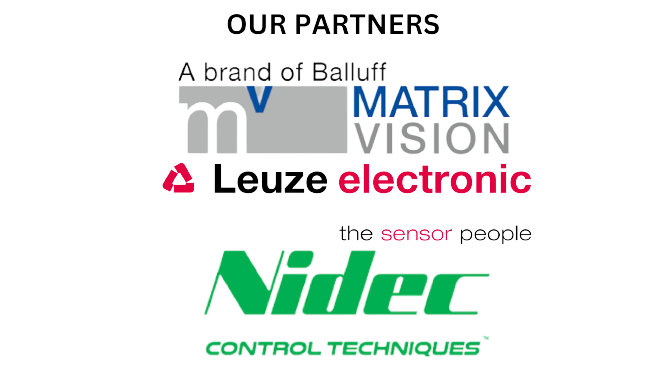How are track and trace solutions used in the electronics industry?
Track and trace solutions are widely used in the electronics industry to enable the identification, tracking, and tracing of electronic components, devices, and related information throughout the entire supply chain, from manufacturing to distribution to end customers. Here's an overview of how track and trace solutions are typically used in the electronics industry:
Product identification and tracking: Electronics manufacturers use track and trace solutions to uniquely identify and track electronic products, components, or devices, such as printed circuit boards (PCBs), chips, or finished electronic goods, as they are manufactured, assembled, and shipped. Each product or component is assigned a unique identifier, such as a barcode, QR code, RFID tag, or a combination of identifiers, which allows for easy identification and tracking throughout the manufacturing and distribution processes.
Batch and lot tracking: Track and trace solutions are used to track and trace electronic products or components by batch or lot, allowing for precise tracking of products with specific production information, such as production dates, locations, and materials used. This information can be critical in case of product recalls, quality control investigations, or regulatory compliance.
Serial number tracking: Track and trace solutions are used to track and trace electronic products or devices by serial number, allowing for unique identification and tracking of each individual unit. This helps in managing warranties, repairs, and after-sales service, as well as in detecting counterfeit products or unauthorized gray market sales.
Inventory management: Track and trace solutions are used to manage electronic product inventory in real-time, allowing manufacturers and distributors to track the movement of products within their warehouses, storage facilities, and distribution centers. This helps optimize inventory levels, prevent stockouts, and improve supply chain efficiency.
Supply chain visibility: Track and trace solutions provide real-time visibility into the movement of electronic products or components as they move through the supply chain, from the manufacturer to the distributor to the end customer. This allows for better coordination, monitoring, and control of the supply chain, resulting in improved efficiency and reduced costs.
Regulatory compliance: Track and trace solutions can help electronics manufacturers comply with regulatory requirements related to product identification, tracking, and tracing, as well as reporting and documentation. This includes regulations such as RoHS (Restriction of Hazardous Substances), WEEE (Waste Electrical and Electronic Equipment), and other industry-specific regulations.
Quality control and recalls management: Track and trace solutions are used to track and trace electronic products or components to ensure quality control standards are met throughout the production process. In case of quality issues or recalls, track and trace solutions can quickly identify the affected products based on the unique identifiers and the captured data, facilitating efficient recalls management processes.
Distribution and logistics: Track and trace solutions are used in distribution and logistics to track the movement of electronic products or components during transportation. This includes monitoring shipping containers, trucks, or parcels, and capturing data such as shipment status, location, and temperature to ensure products are transported under the required conditions.
Reporting and analytics: Track and trace solutions in the electronics industry can provide reporting and analytics capabilities, allowing manufacturers and retailers to gain insights from the captured data, such as inventory levels, order fulfillment rates, and supply chain performance, to drive data-driven decision making and continuous improvement.
Overall, track and trace solutions in the electronics industry are used for product identification and tracking, batch and lot tracking, serial number tracking, inventory management, supply chain visibility, regulatory compliance, quality control and recalls management, distribution and logistics, and reporting and analytics, to enable real-time visibility, traceability, and control throughout the electronics supply chain.

